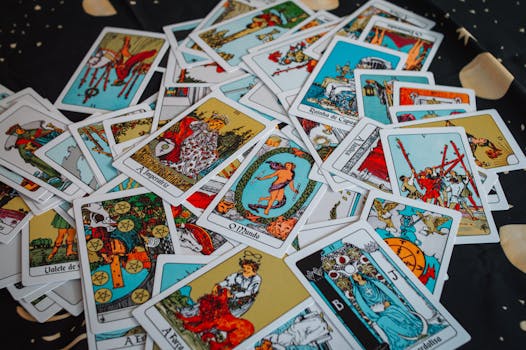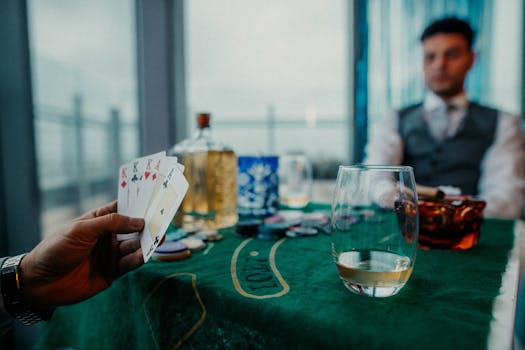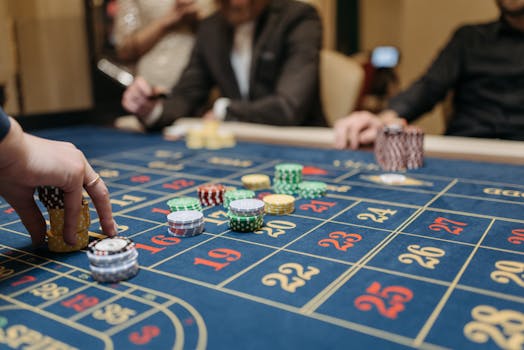Introduction and hook for readers looking to gain the edge
You want the edge at the table and you want it now. Table Games Edge shows you how to read tells and bluff at the table with practical, judge free tips you can use in real play. This guide explains what tells are and how to bluff in a way that is fair and effective for online casino gamblers and live players alike. You will learn to observe, interpret, and respond with confidence while staying within friendly and fun gambling boundaries.
What is a tell and why does it matter
A tell is a small behavior cue that reveals a player state such as strength or weakness. Tells are not guarantees but they are data points you can use to make smarter decisions. Understanding tells plus a smart bluff plan can improve your ability to control the pot and steer the table in your favor. Each tell can be a mix of timing, pattern, and physical action that reveals information if you know where to look.

How to read tells at the table step by step
- Observe consistently watch for patterns across hands and turns of the game. Consistent behavior can be more telling than a single action.
- Note timing and tempo a fast bet may signal confidence while a long pause can indicate uncertainty or deception.
- Watch for physical cues small movements such as breath, grip, or posture changes can hint at internal states, but rely on repeated patterns rather than a single moment.
- Compare players flag strong players and weaker opponents separately. Strong opponents tend to maintain steadier behavior under pressure.
- Correlate actions with hands relate tells to previous hands and pot size to form a clearer picture of intent.
How to bluff effectively without risking the table image
- Set a clear purpose decide if your bluff is to steal the pot or to test a specific opponent. A plan keeps you focused.
- Choose the right moment bluff when pot odds and table dynamics support it and when you have a credible story behind the action.
- Keep a consistent story your bluff should align with your earlier actions so it does not feel fake.
- Start with smaller bets a controlled bluff reduces risk while still applying pressure.
- Know when to fold bluffing requires discipline and knowing when your story does not hold up.
Table talk and how it relates to tells and bluffing
Verbal cues can complement tells but they are not reliable on their own. The most helpful approach is to combine observed tells with your own table talk to create a credible persona. A calm tone and measured bets can make your bluff feel natural and reduce the chance of giving away a tell yourself.
Practical examples you can apply today
- you notice a competitor pauses before calling a large bet. Pair that with a quick bet able to push them off a marginal hand.
- Example two a loose player shows a quick call every time with a weak range; you can bluff a bet to steal the pot when the board hits a draw unlikely to improve them.
- Example three you hold a strong hand but want to keep the pot small; use a strong dip in action and a composed demeanor to keep rivals guessing.
How to practice reading tells and bluffing safely
- start with simulated hands to tune your observations without risk.
- Review hand histories analyze hands after play to spot patterns you missed in the moment.
- Record notes keep a simple log of tells you observed and the outcomes to compare against real results.
FAQ about reading tells and bluffing at the table
What is a tell in table games
A tell is a behavior cue that hints at a players intent or hand strength. It can be timing, posture, or actions that repeat over hands.

Are tells reliable for online play
Tells are less reliable online where action is numeric and limited by interface. You can still observe timing and bet sizing to infer tendencies.
How do I bluff without getting caught
Bluff with a consistent story, use disciplined bet sizing, and avoid over acting. If a bluff feels forced it is best to fold and move on.
What is the best way to practice tells
Practice with play money or low stakes games, review hands, and log tells you see. Build a routine to watch for patterns rather than single moments.
Conclusion and practical takeaways
Reading tells and bluffing at the table combines observation with smart strategy to gain an edge in table games. Use consistent observation, compare behavior across players, and apply carefully planned bluffs with a strong story. Practice regularly and stay mindful of table dynamics to improve your edge. Start implementing these tips today and watch your decision making improve at the table.
